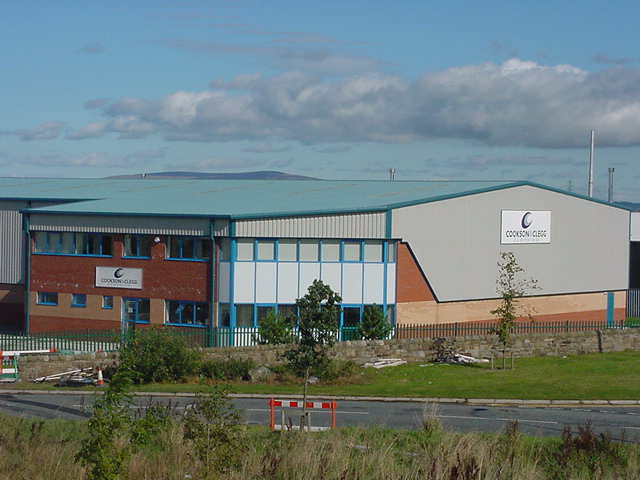SOURCING OFF-SHORE - A 'COMBATIVE' APPROACH |
 Home Home
|
On the face of it, Cookson & Clegg are a typical Lancashire clothing manufacturer. Established in Blackburn in 1860, a town recognised as the cotton weaving capital of the world by the end of the century, Cookson & Clegg have a solid pedigree.
The company specialises today in the production of Combat Clothing for the British Ministry of Defence, together with general workwear, casualwear and sportswear.
Like most other Lancashire clothing manufacturers, Cookson & Clegg would undoubtedly have run into operating cost problems, if, in the early 1990's, they had not grappled with the challenge of finding sustainable and cheaper off-shore sources of production.
Finding a manufacturing source off shore that is accessible from the UK is no problem. Eastern Europe, North Africa and Asia are all awash with manufacturers with the skills, capacity and low labour cost overheads. Problem solved?
Unfortunately not! It soon becomes apparent that other crucial factors - quality, delivery response, and logistics management generate a raft of problems to be solved that were not apparent when product was manufactured locally.
There are huge cost penalties to be faced for materials wastage and loss. Timely delivery can be compromised and the product when it does arrive can be of poor quality. Then to top it all HM Customs hits you with a bill for duty!
Like many textile companies, Cookson & Clegg moved its production off shore in the early 1990's, experimenting with South Africa, Botswana, Sri Lanka, Lithuania, Poland and Romania. Finally, in 1994, the company set up a partnership with a Romanian manufacturer in Bucharest to exclusively produce its garments. They were also able to control quality and impose the required management controls by heavy involvement of Cooksons manufacturing staff. The Romanian factory is now producing 20,000 units per week to ISO 9002 standards - no mean achievement!
The process of bringing the Bucharest factory up to scratch was not easy and subsequently controlling it at arm's length, from Blackburn, required a sophisticated MIS infrastructure. XeB supplied the applications software to underpin their sourcing and manufacturing operations. Cookson & Clegg's management team needed accurate Bills of Material and the means of matching raw material to CMT (Cut Make and Trim) requirements. They needed timely and accurate reporting of inventory levels to facilitate the matching of purchases to raw material requirements, visibility of materials and finished garments throughout the cycle, and fast and accurate tracking of materials shortfalls through costing error or wastage.
Working with XeBusiness consultants, Cookson & Clegg were able to develop an Information Systems (IS) strategy and put in place applications solutions from XeB to execute the strategy.

The volume of business meant and the controls required to source from a third party dictated that automation of prior paper based processes was the answer.
Richard Hampson, Managing Director of Cookson & Clegg, had experience of XeBusiness ERP applications and its implementation at Mikar Holdings in Bolton, an existing client of XeBusiness. He looked to Xe-ERP for Shop Floor Labour Cost Control, Sales Order Processing and Purchasing in 1997/8 and then in 2000 added on the CMT and Stock at Suppliers modules to help resolve the problems associated with sourcing from Romania.
The Xe-ERP system is made up of a series of off the shelf modules, which can be tailored to individual needs as required. But having been developed by apparel industry professionals specifically for businesses in the apparel and sewn goods sector it is already well suited to the task.
According to Richard Hampson:
"You can never buy a software solution that perfectly fits your organisation's methods, but in the case of Xe-ERP the fit was pretty good. Where the software did not fit our systems, the Xe-ERP solution usually presented a better method anyway. That was without having to concider a bespoke solution, which is always available as a final alternative."
The applications software was implemented in a very short period of time and started to yield results almost immediately.
The statistical evidence 18 months following implementation indicates the following conclusions:
Richard Hampson comments in conclusion:
"The benefits have been immeasurable. Essentially, it would have been impossible to operate at our current levels without the XeB system and indeed without their highly responsive and close support."